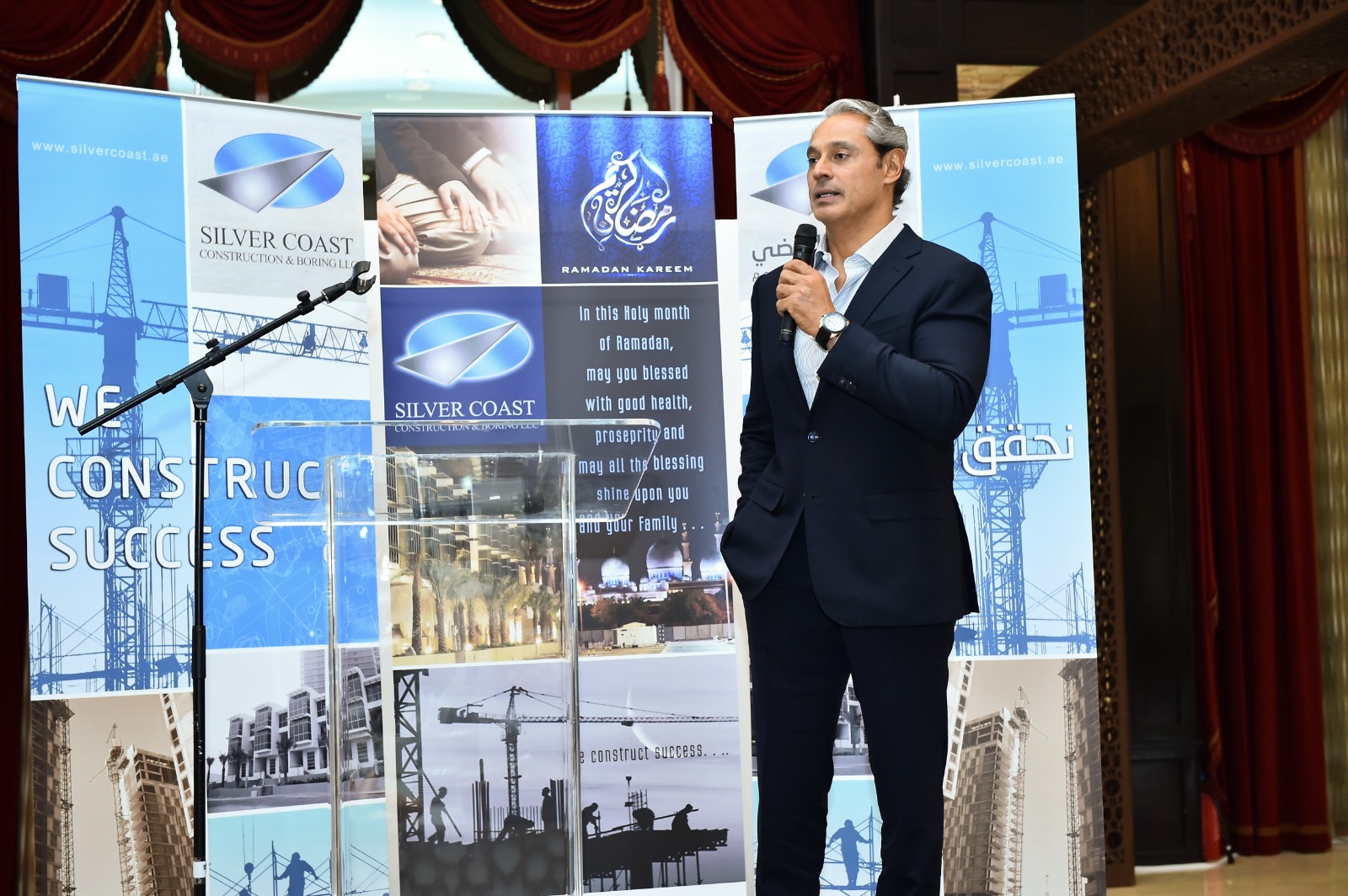A new £1.25m drone testing lab is being built in South Kensington as part of Imperial College London’s investment into next-generation robotics.
Construction of the Brahmal Vasudevan aerial robotics lab starts in 2016 and will see a two-storey lab and workshop built on the roof of Imperial College’s City and Guilds building. It will provided test-flight facilities for hybrid unmanned aerial robots that can also dive and operate in water – one of only a handful of such facilities in the world.
“It’s an excellent opportunity to create a state-of-the-art facility, not only in the UK but worldwide,” Dr Mirko Kovac, the director of Imperial’s aerial robotics lab, explained to the Guardian. “The time is right to invest in drones because devices like smartphones are so widespread, technology like the GPS chip has become small and cheap and can be used for drones, which has fuelled this type of research.
“At the same time industry – across oil and gas, water, agriculture, energy, health, flooding response and search and rescue – have realised that drones can transform their businesses. Drones are moving away from military use toward the civil space in service to humanity in general driving momentum in the space.”
The flight arena will open in 2017, a glass-fronted cube that will be lit so that the drones are visible from the outside. An accessible roof will also provide a takeoff and landing platform for testing outdoor flight.
The lab will have 16 high-speed 3D cameras capable of tracking the robots in flight, and a further eight under water. A handful of universities around the world, including Bristol and MIT, have similar facilities, but Imperial’s new drone lab will also have a fume extraction system.
This “is unique and will allow us to research and test combustion for flying robots so that we can develop new engines and new principles for robotics using hazardous chemicals”, Kovac said.
The new lab will be twinned with a a rapid prototyping facility that allows researchers to 3D print and laser micro-machine drones, making Imperial one of the world’s best-equipped centres for aerial robotics.
Kovac’s lab , with14 researchers, currently focuses on two types of drone development: aerial robots for construction and repair of infrastructure, including a flying 3D printer that is currently on exhibit at the Science Museum in London, and aerial-aquatic robots, which are expected to be the next step in drones for search and rescue among other multi-use applications.
Other researchers from across Imperial’s engineering departments will have access to the facility, including mechanical, electronic and aeronautical engineering students.
Money for the new aerial lab is provided by Brahmal Vasudevan, an Imperial alumnus and chief executive of Creador, one of Asia’s leading private equity firms.
“Aerial robotics has a tremendous range of applications, and Imperial is well-equipped to play a pivotal role in this nascent industry,” said Professor Alice Gast, the president of Imperial. “The Brahmal Vasudevan aerial robotics lab will showcase Imperial’s outstanding abilities and inspire future aeronautical engineers. We are fortunate to have engaged alumni who support the student experience and keep us at the forefront of discovery.”
Drones – and the legislation covering them – have been thrown under the spotlight as companies such as Amazon, Google and DHL have looked to use them to deliver goods and services.
In the UK is prohibited to fly drones over gatherings of 1,000 or more people at any height, or within 50 metres of a building or structure. Since 2010 the Civil Aviation Authority has required drone operators to seek permits to use drones. The number of organisations given permits, including police forces and film makers, has increased 80% since the beginning of the year.
Six movie and TV production companies were recently given permission by the US Federal Aviation Administration to film with unmanned aircraft in defined closed areas. It was hailed as a “significant milestone”towards the commercial exploitation of drones in US airspace by the Obama administration.
Source: Guardian News









